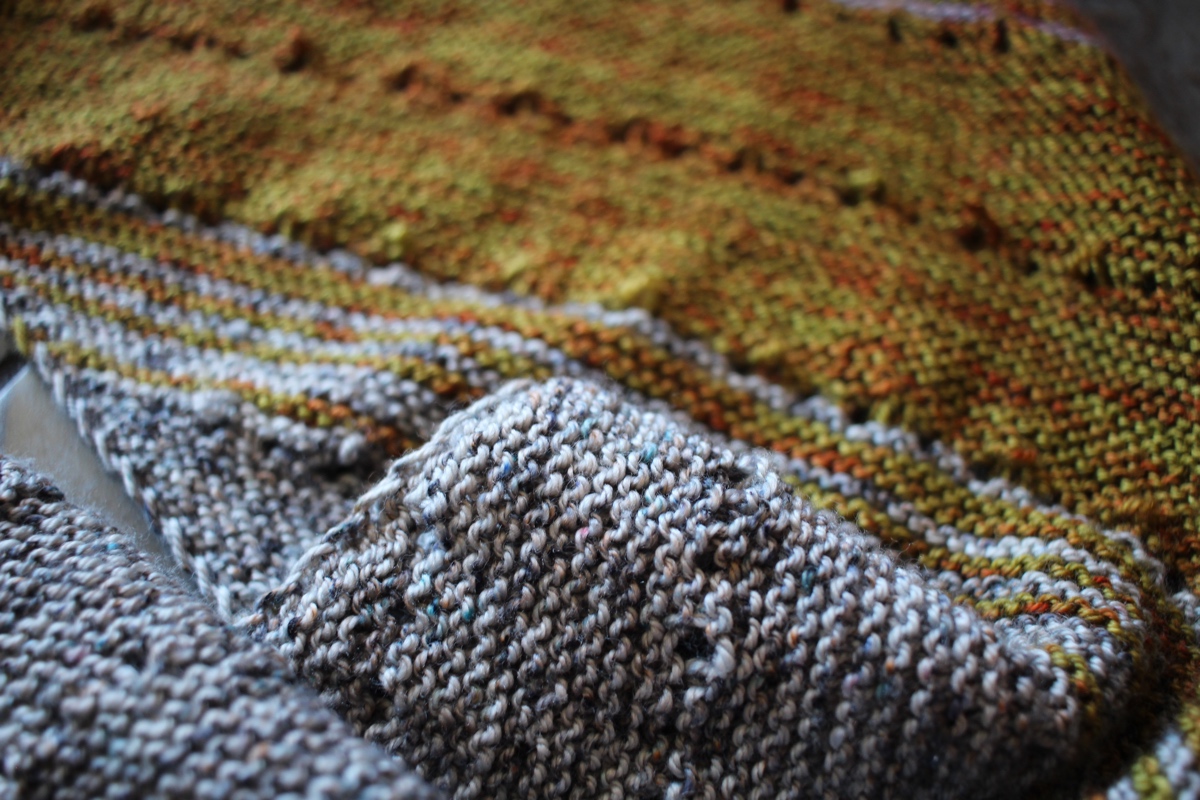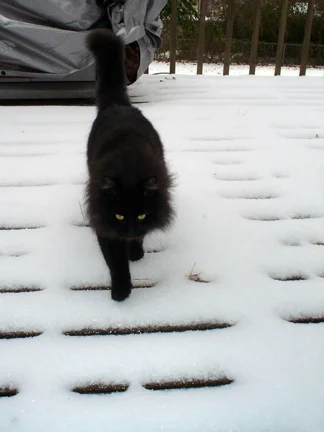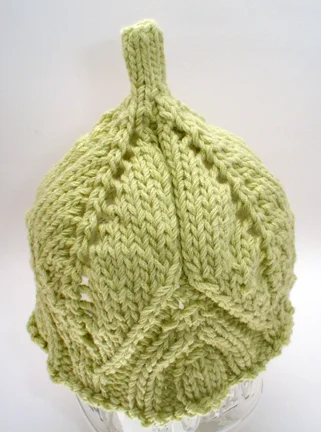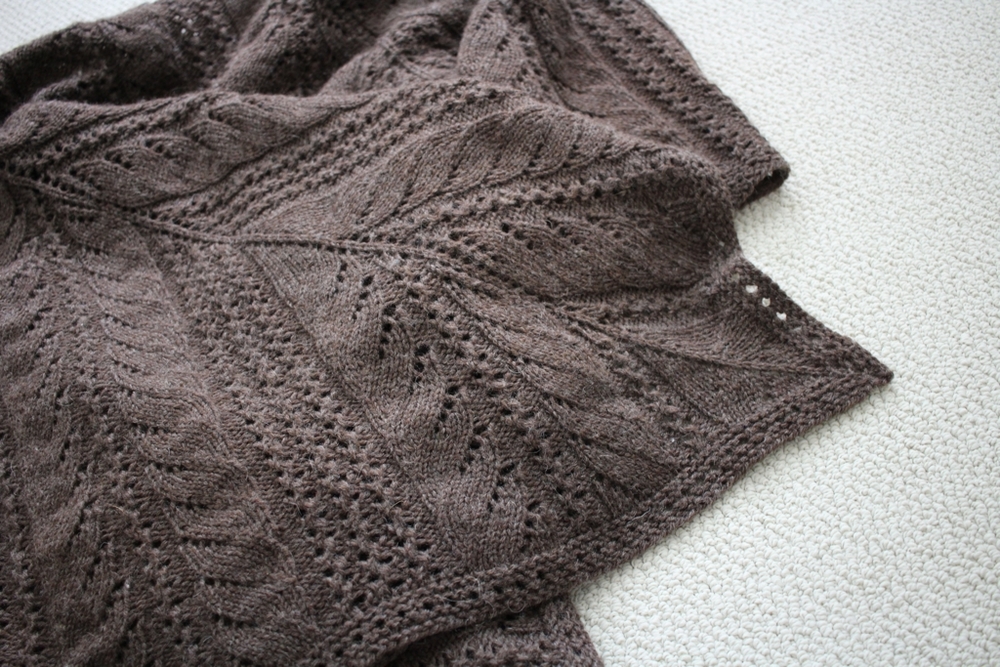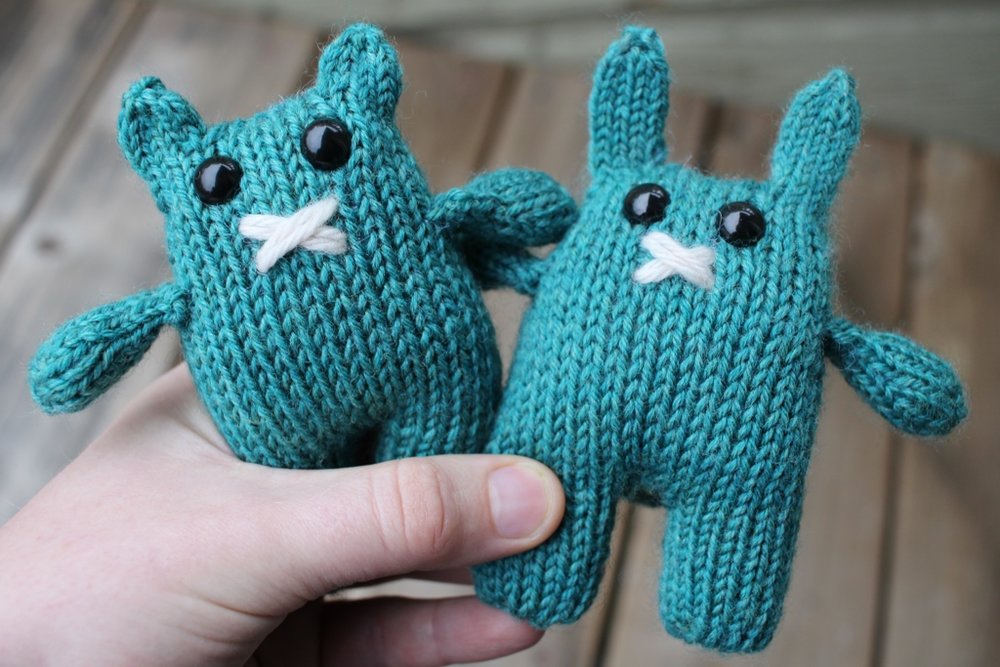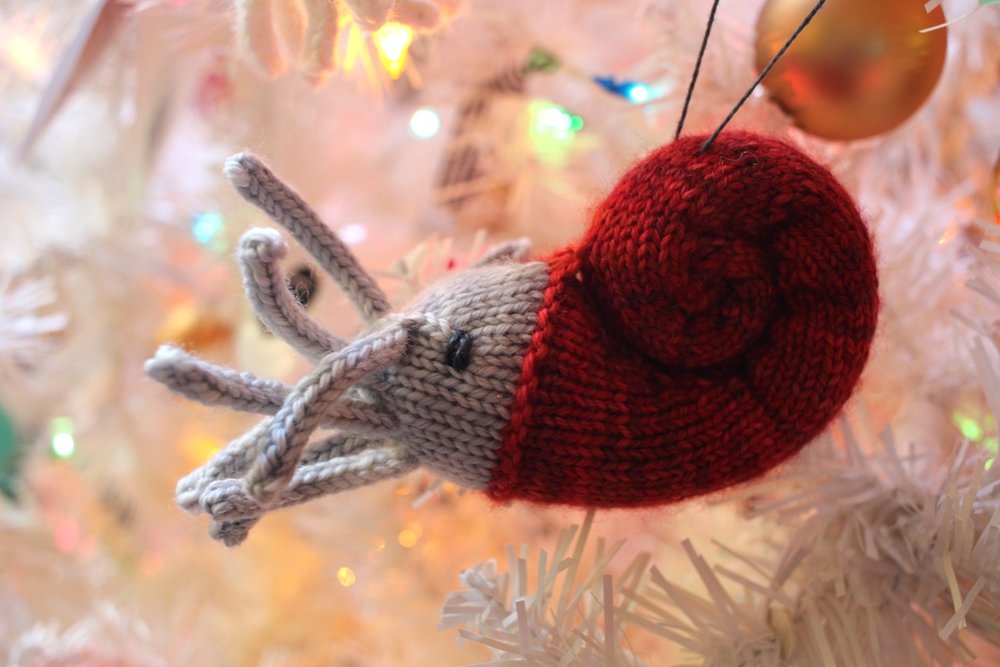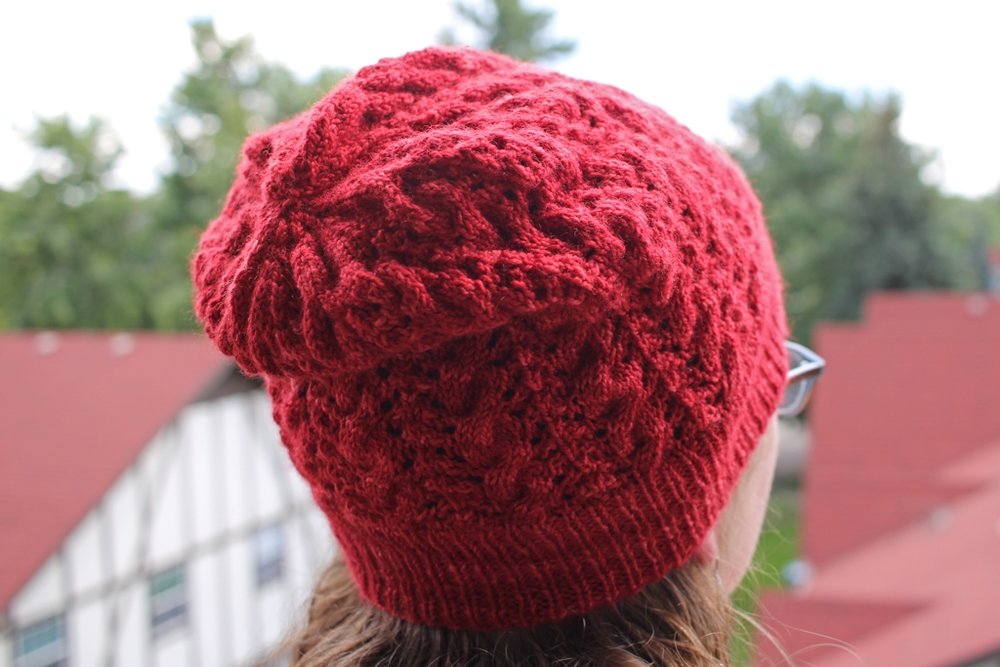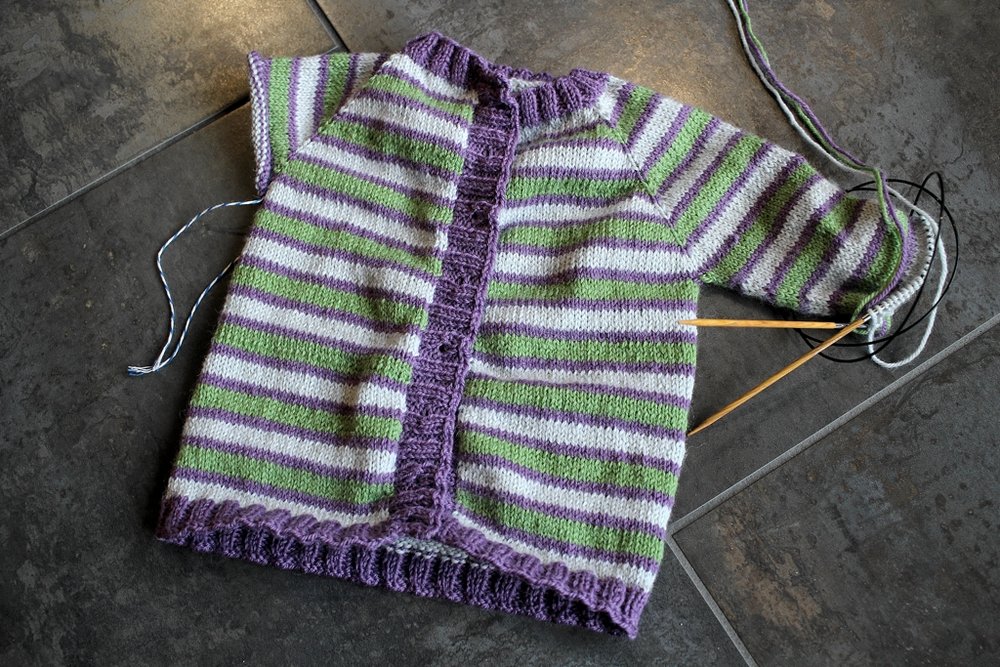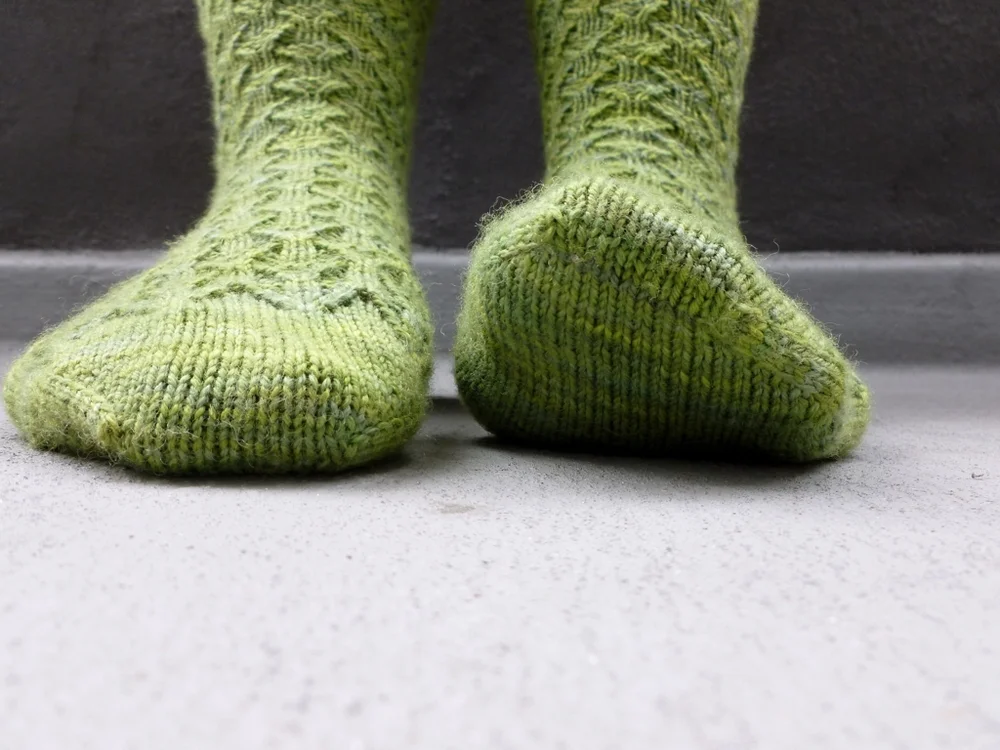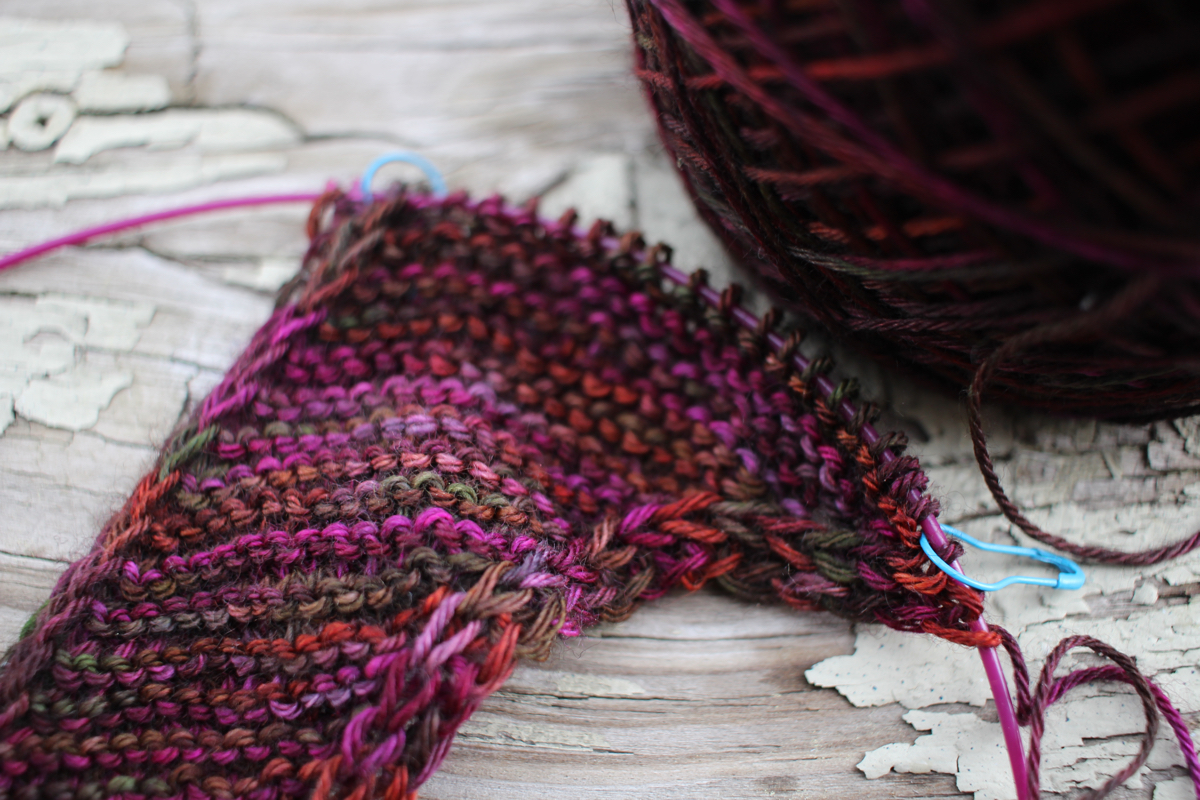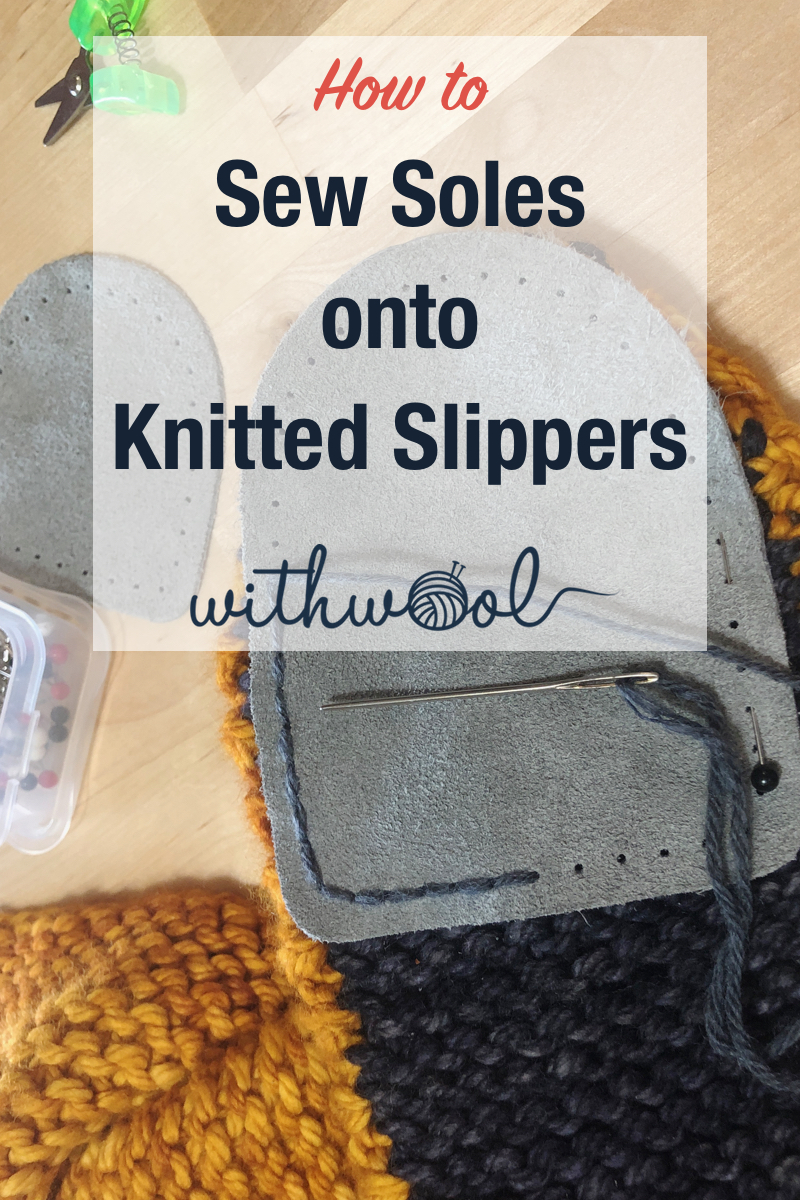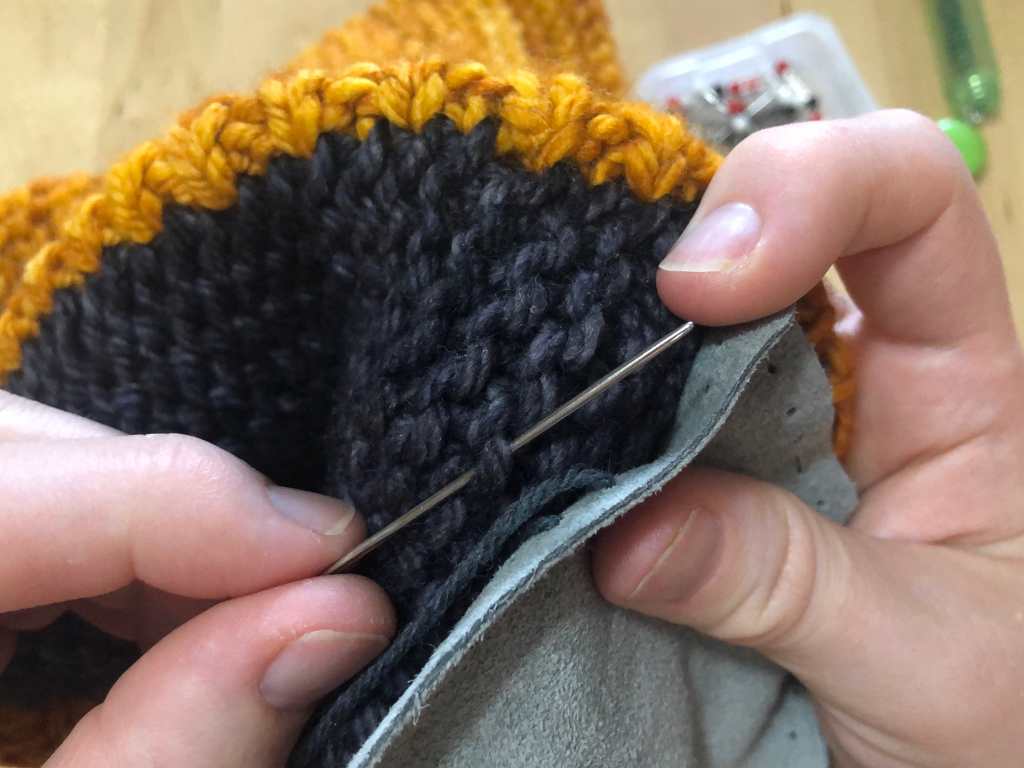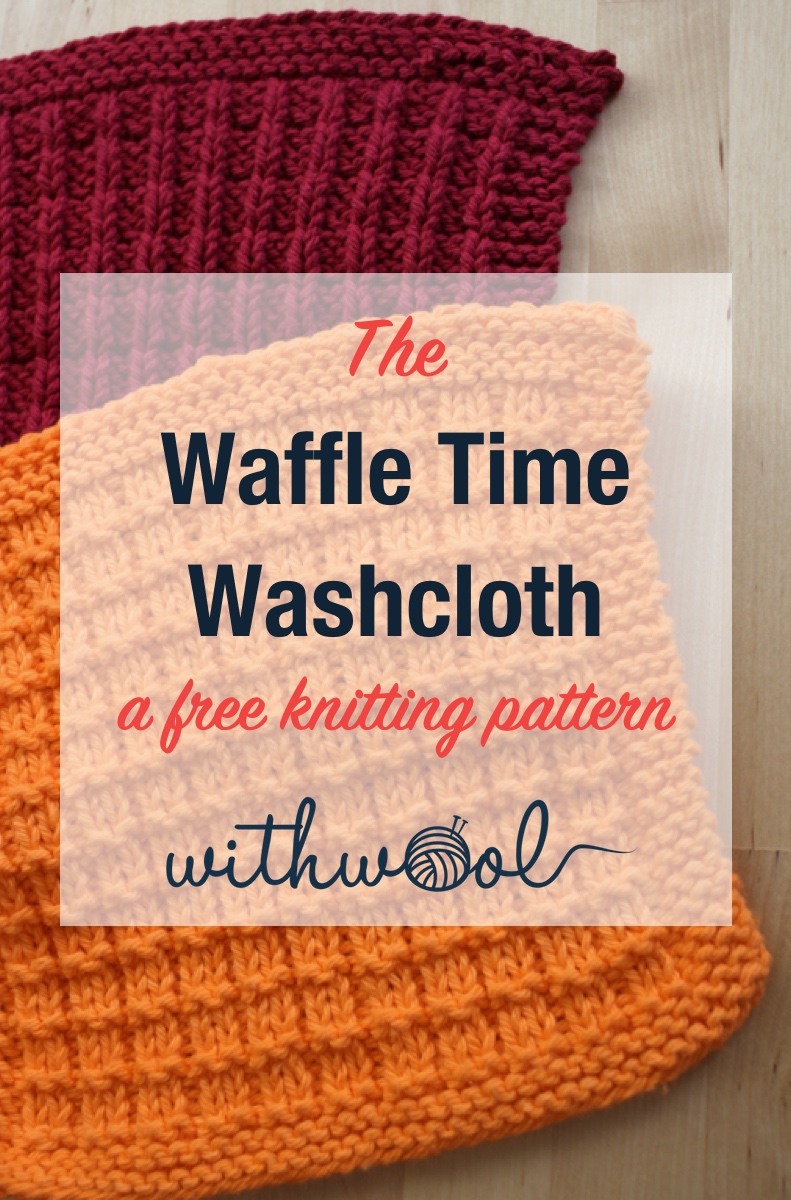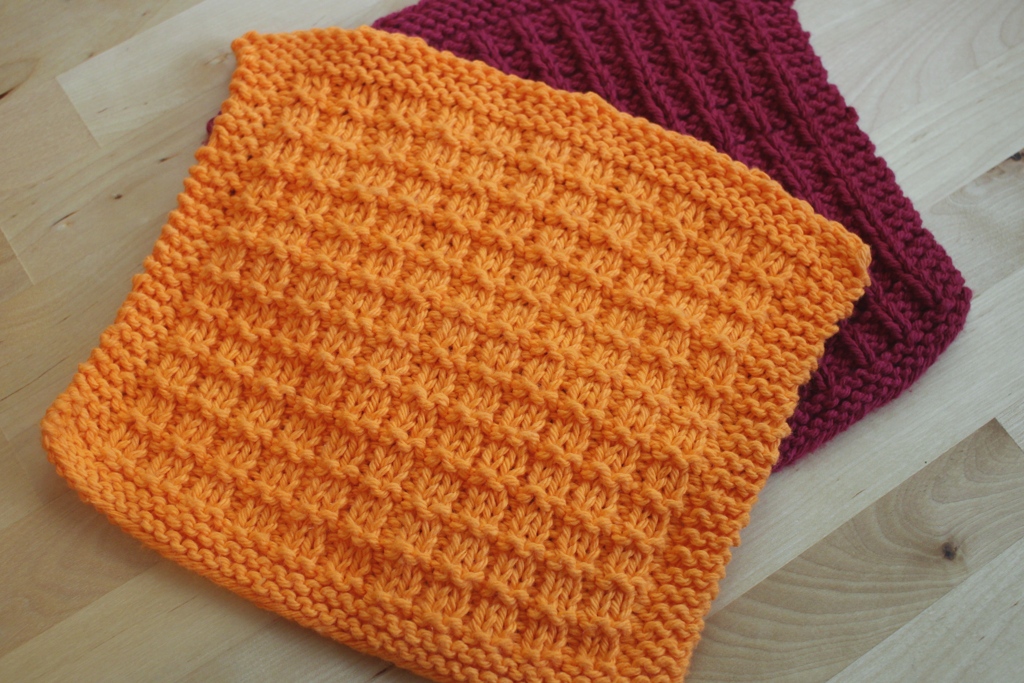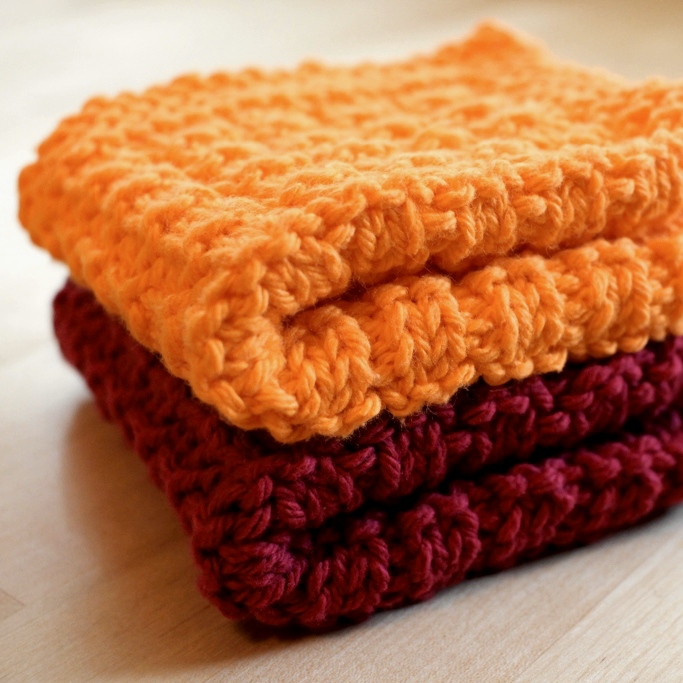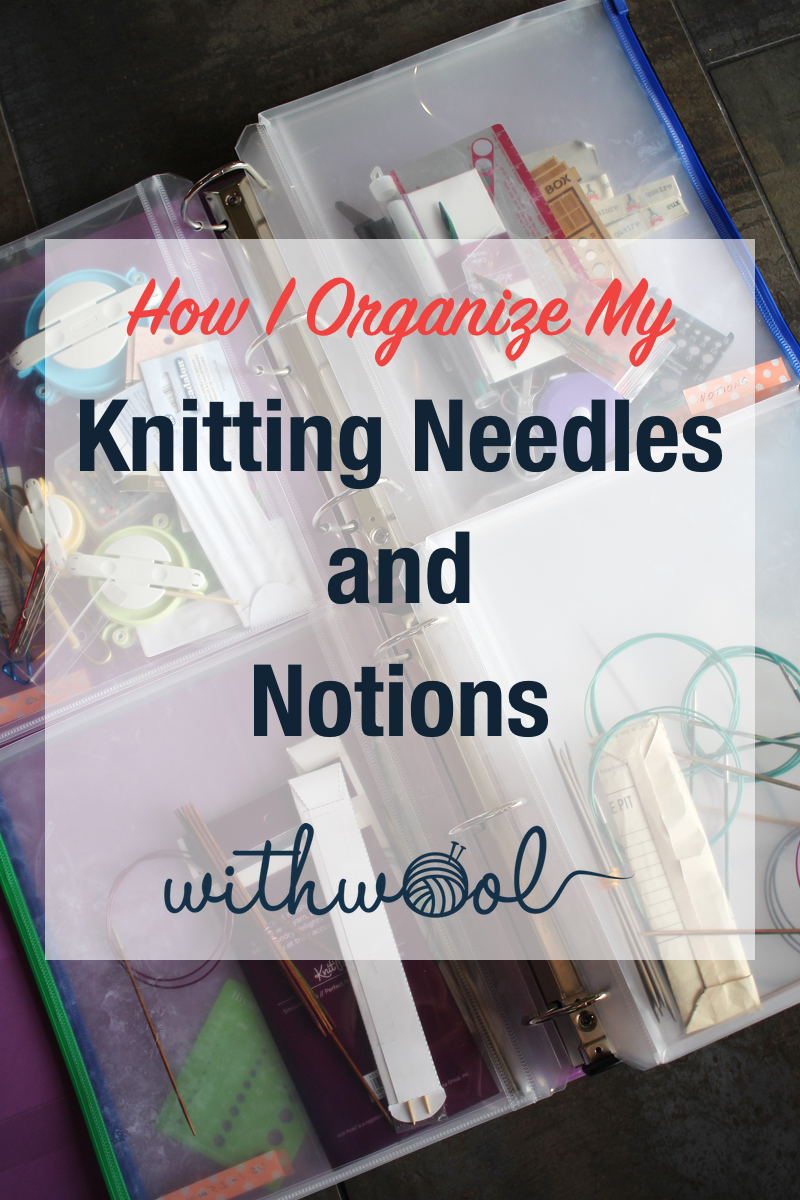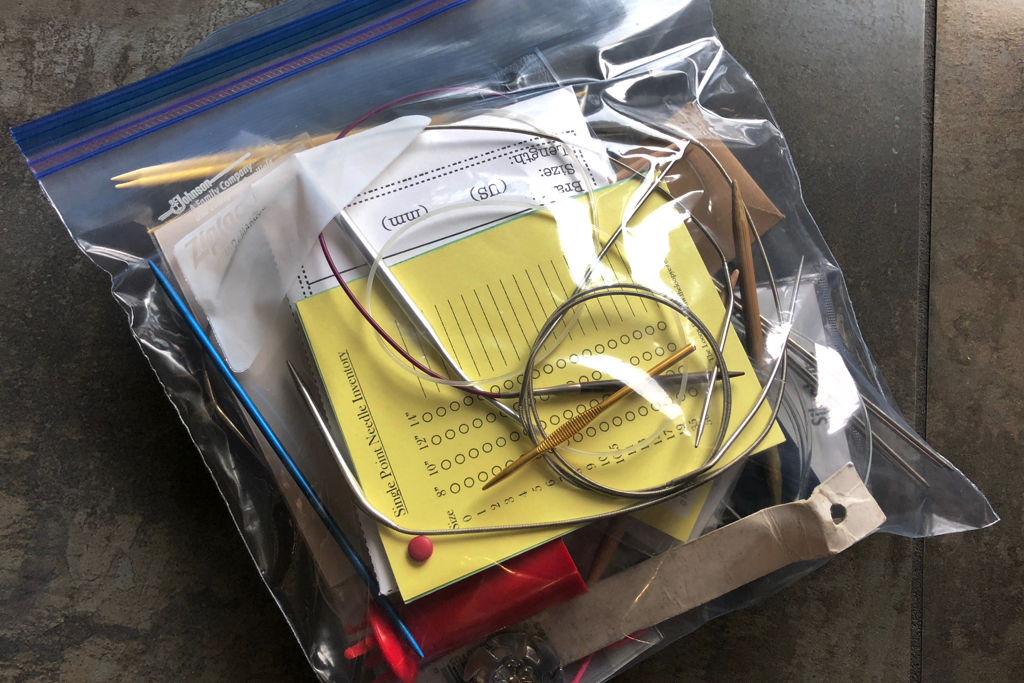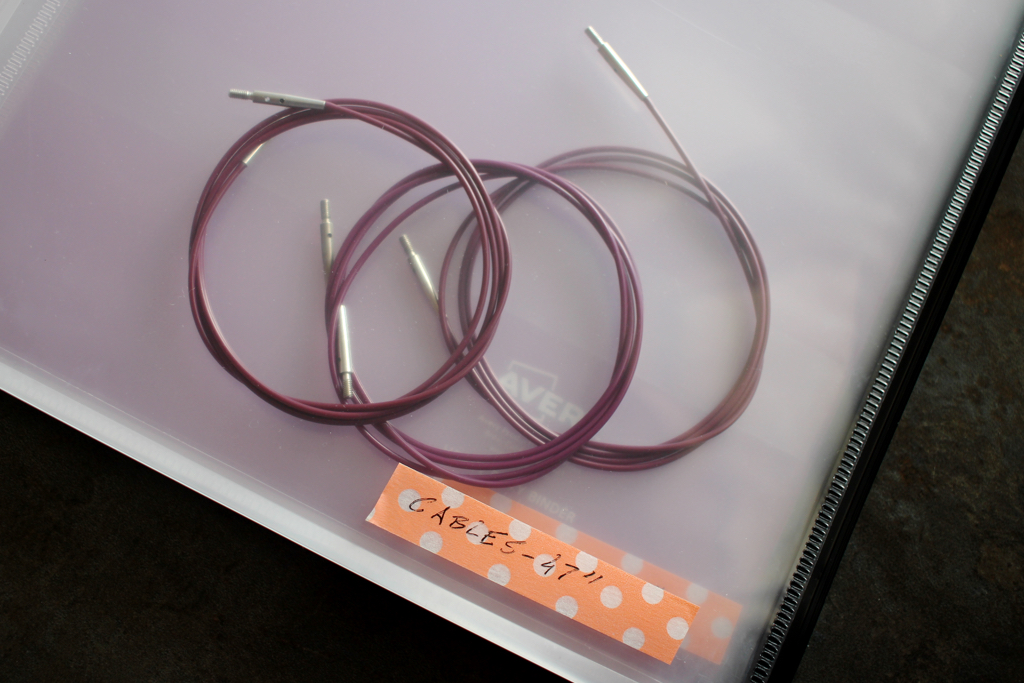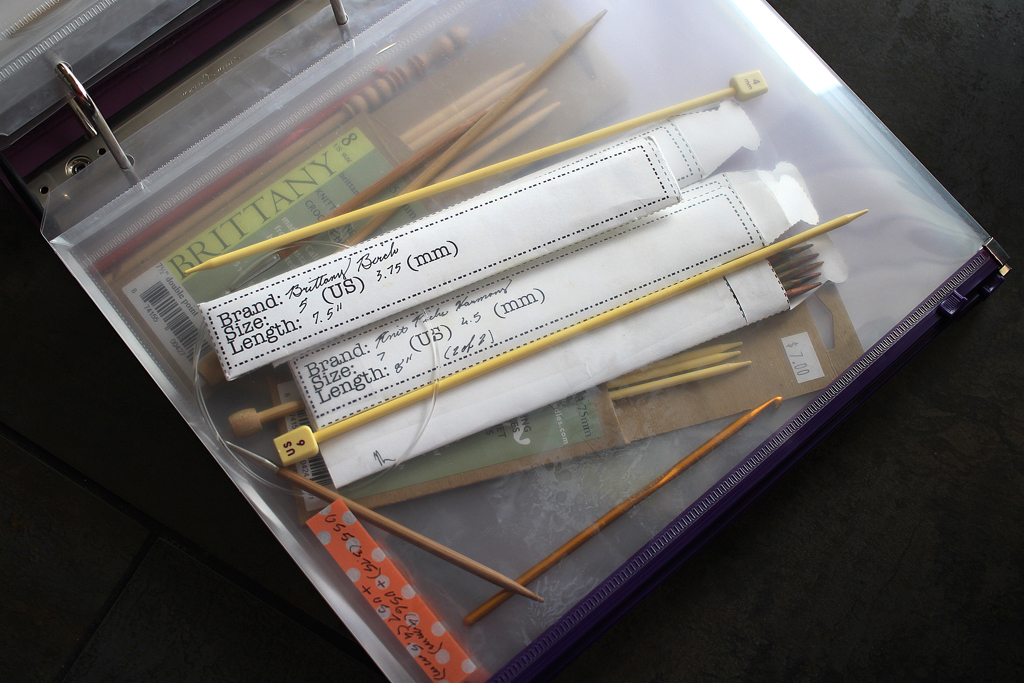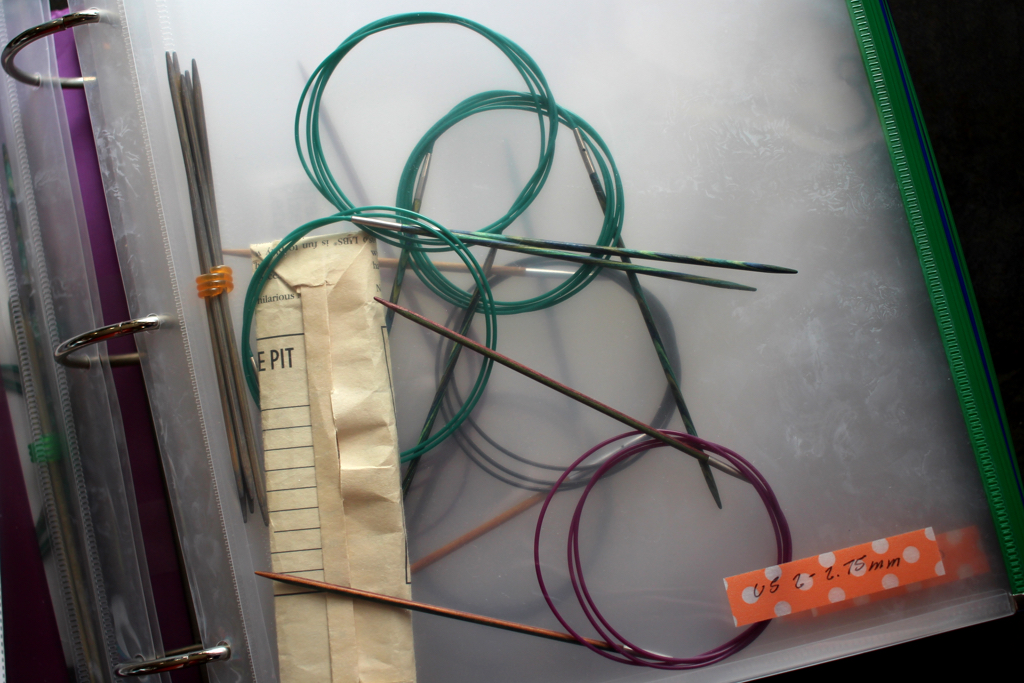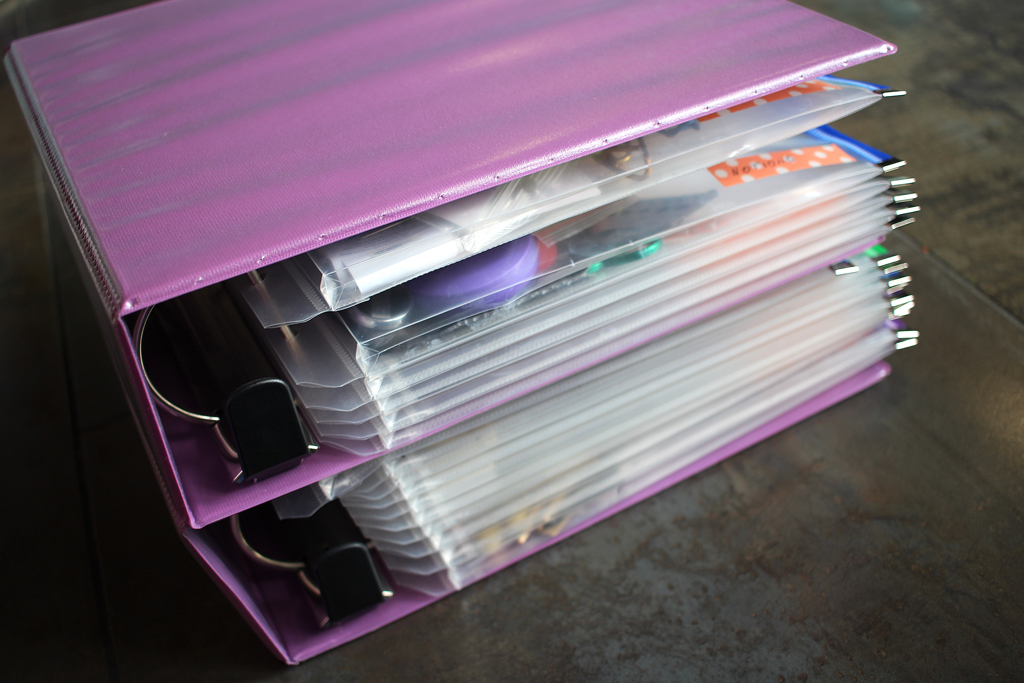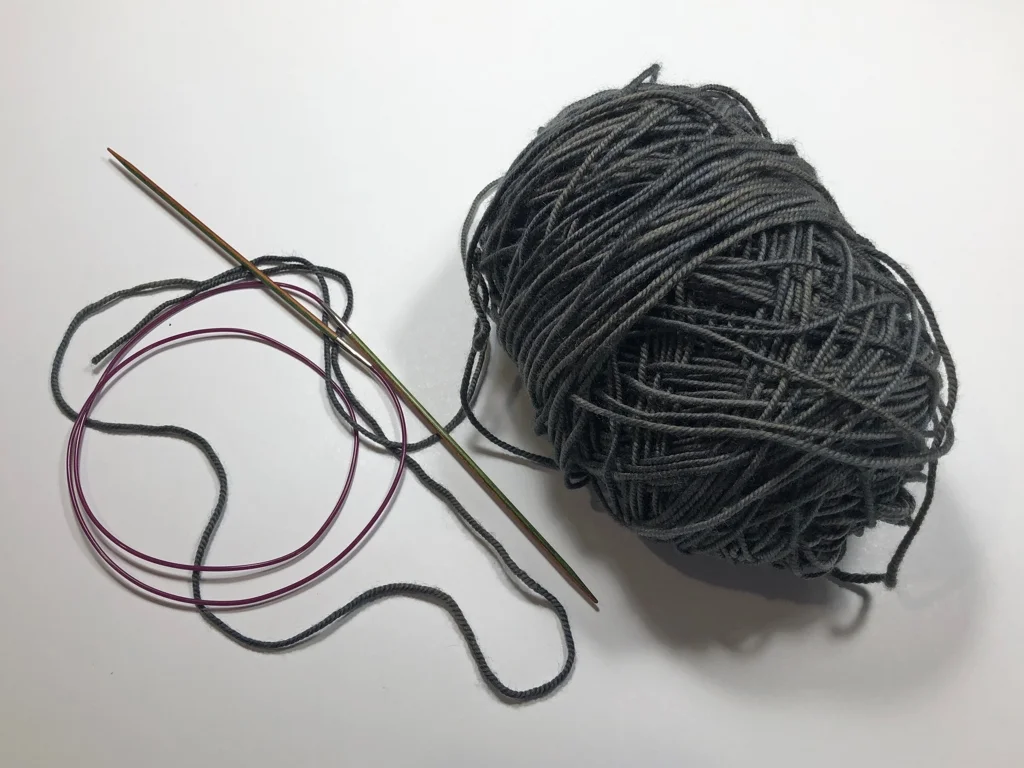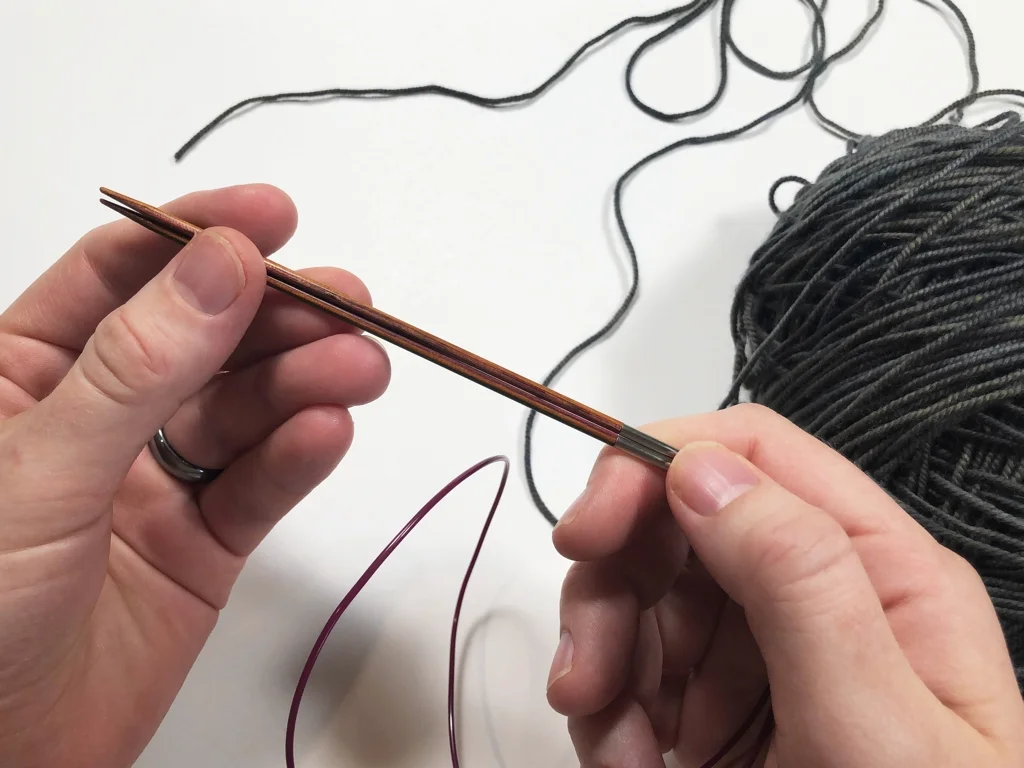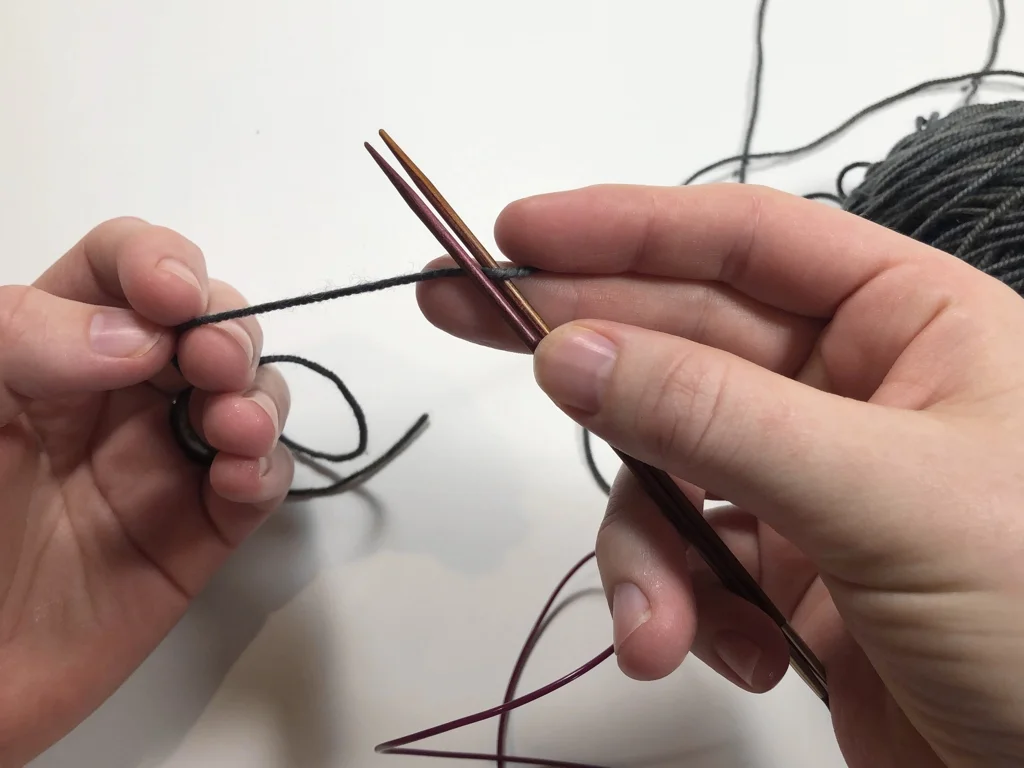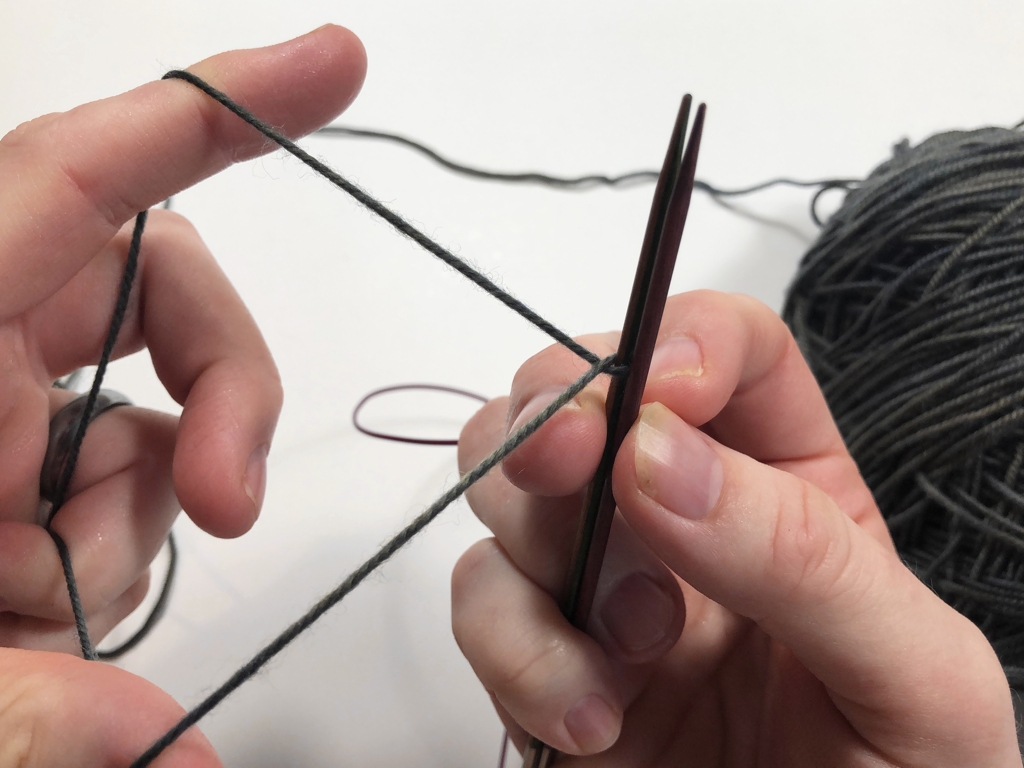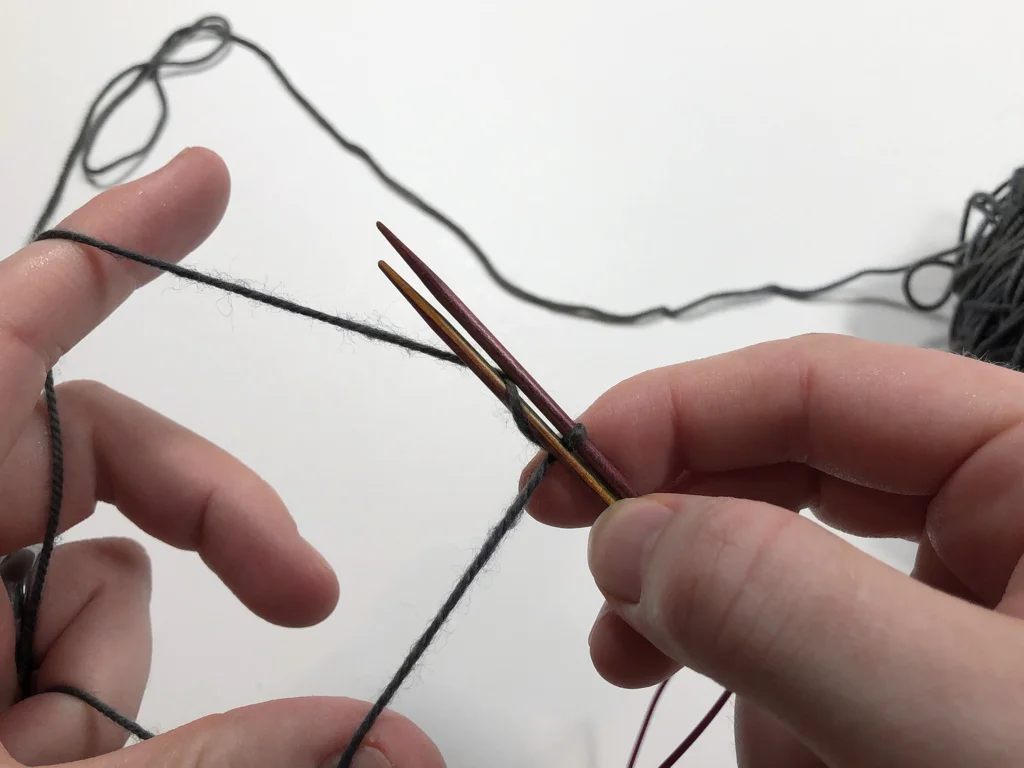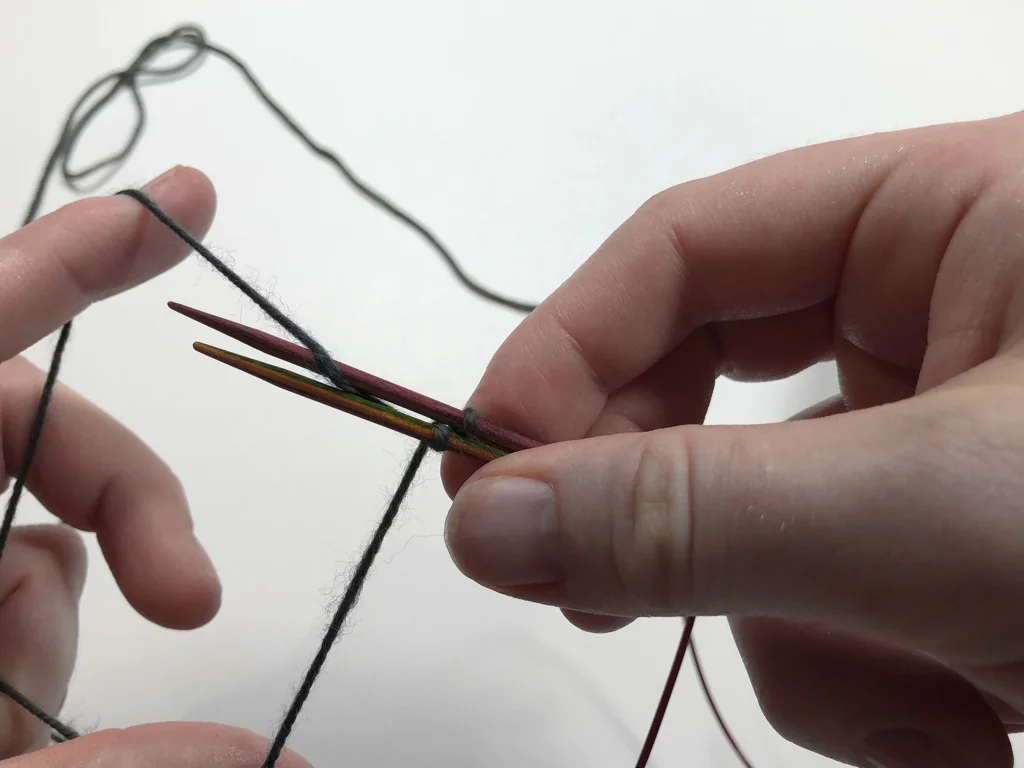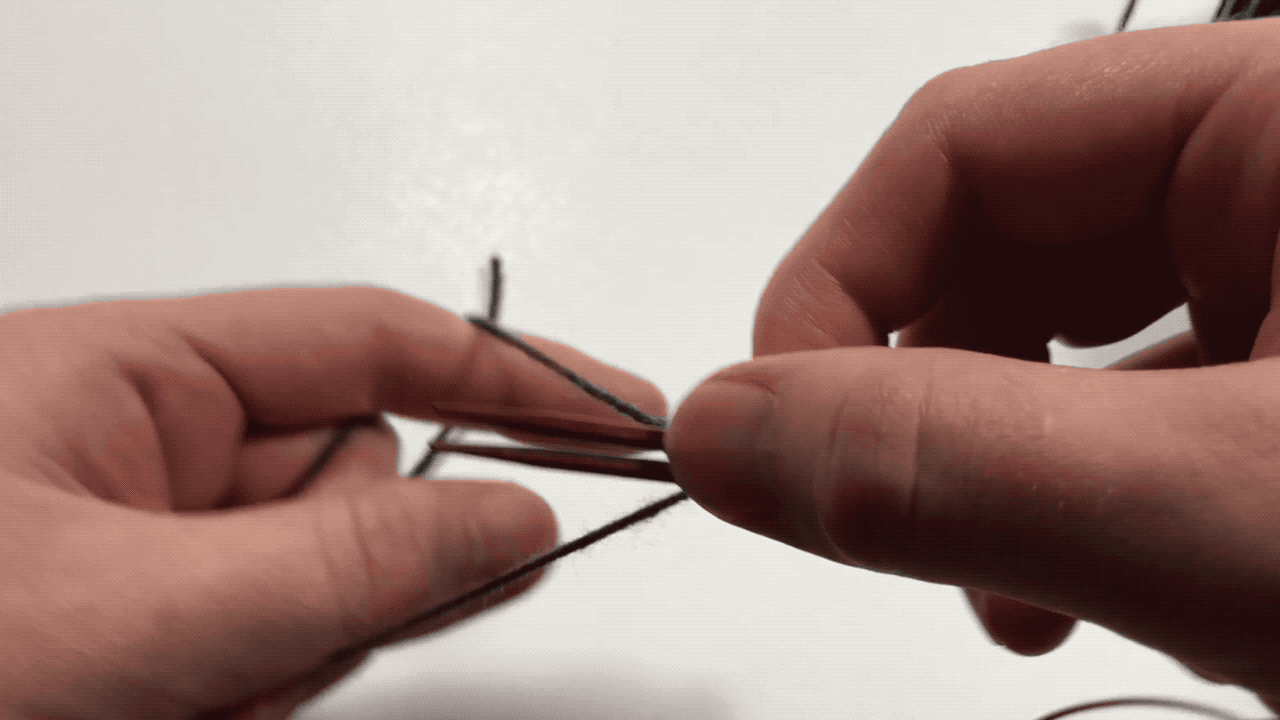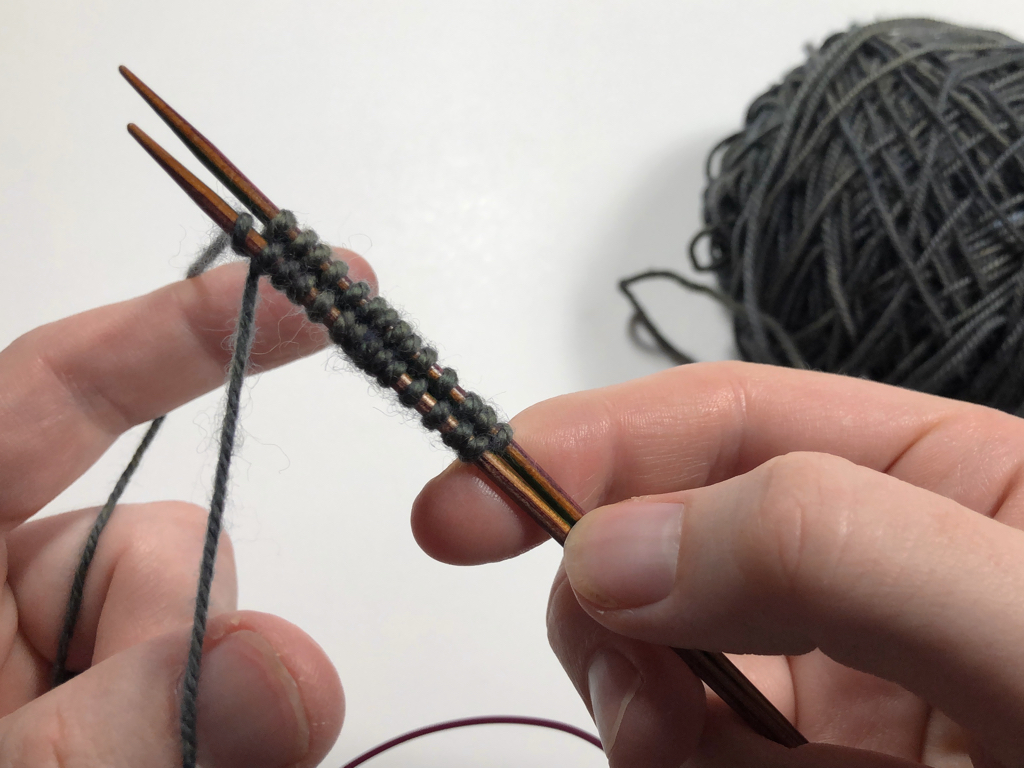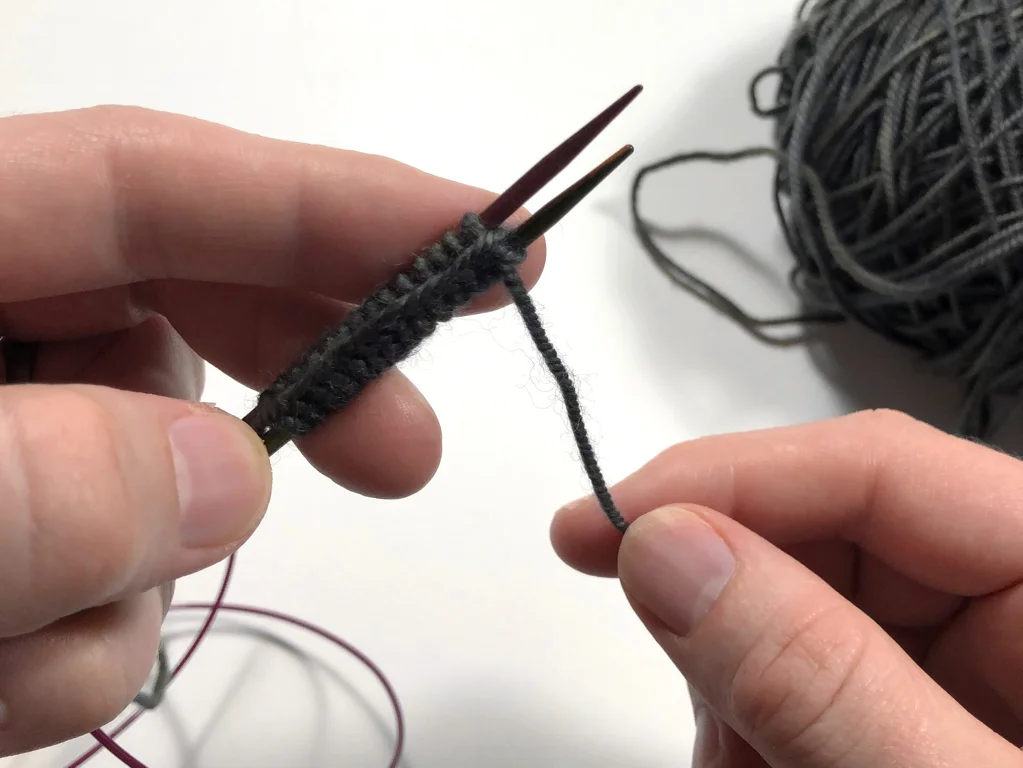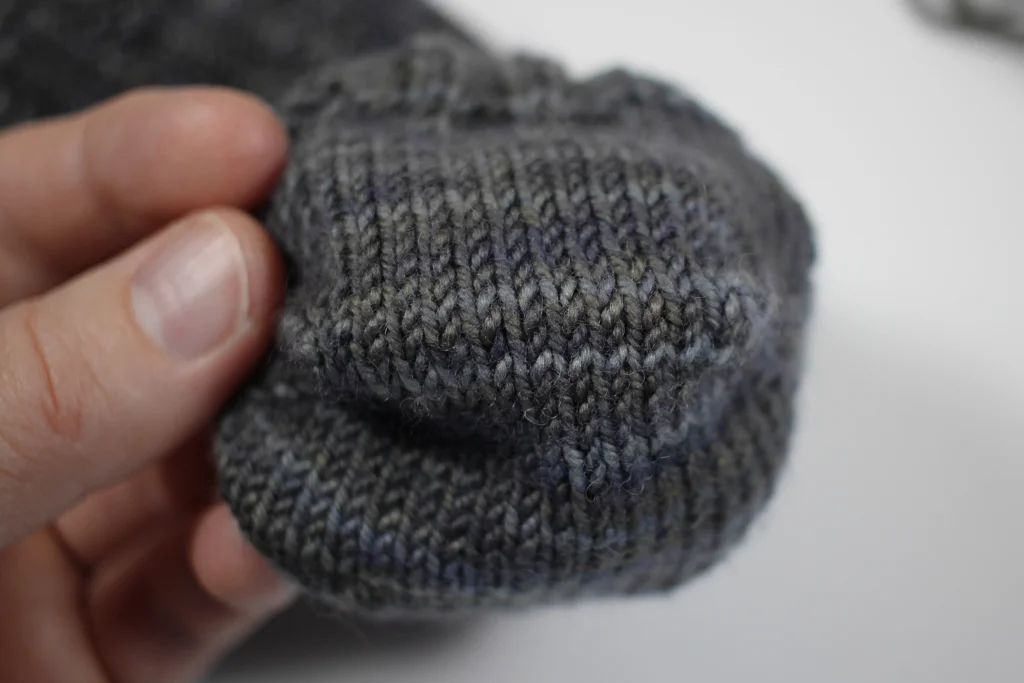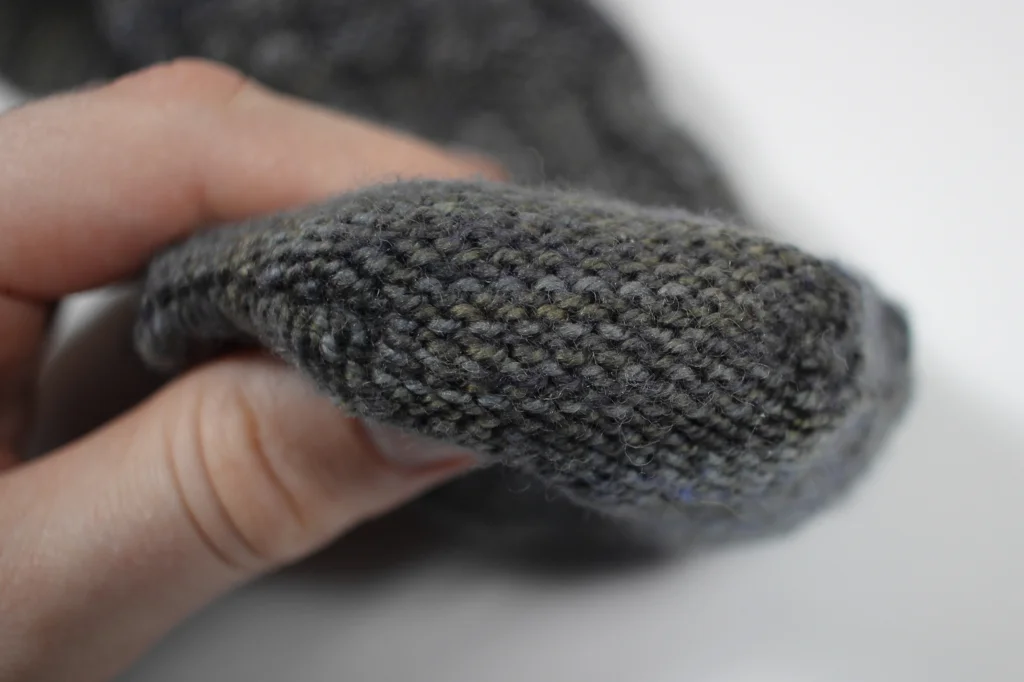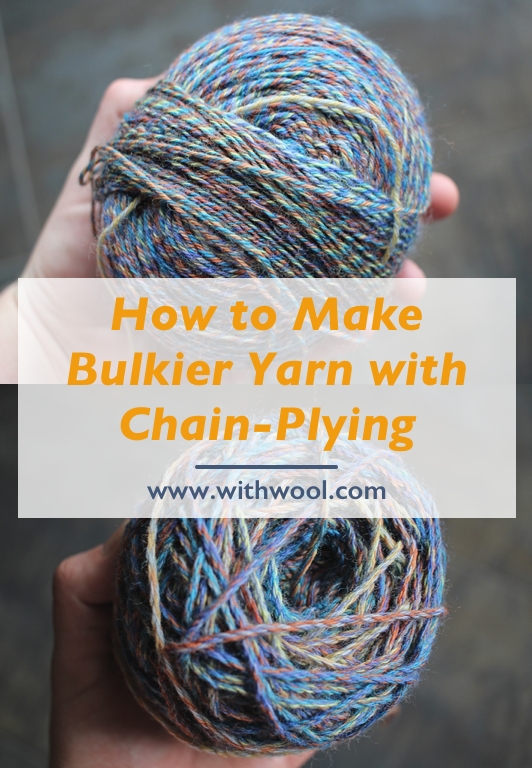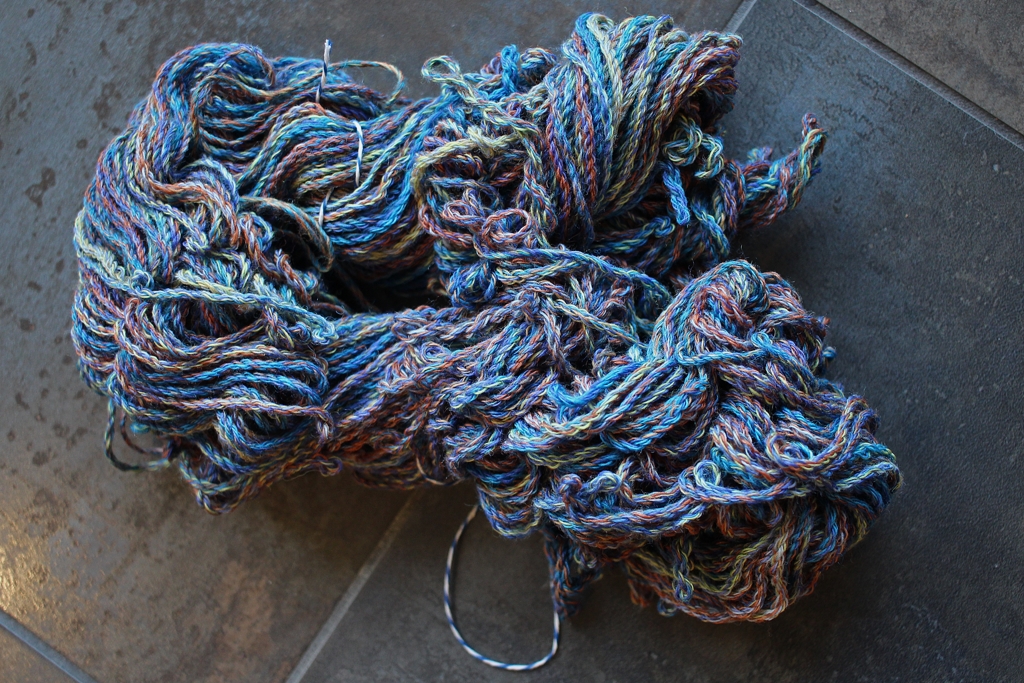Marginalia and Spreadsheets
/I remember taking a random knitting survey that asked if I preferred printed patterns or digital patterns. I am 100% in for printing my patterns. I’ll keep the file on my phone as a backup, but the paper version is what I’m going to work from. Why? Because it is so much easier to make notes, track repeats, and see the whole pattern at a glance. Plus, I don’t have to run the distraction laden gauntlet that is my phone every time I have a question about a stitch count.
The Free Your Fade pattern, or the Yarn Chicken shawl as I’ve come to call it, is the perfect example. The margins are jam packed with notes. You can see where I’m counting row repeats, tracking how much yarn each section is using, and telling myself where to fade in new colors. All this marginalia is also a pretty handy indicator of how much I’ve knit these past weeks - AKA a lot. This is one case where working from a screen can’t beat paper.
This is not to say that I’m not going to use a computer/phone when needed to enhance my knitting. My spreadsheets and knits are best friends. Take a gander at the screenshot above. Those strings of numbers are me “knitting” the shawl digitally. With enough IRL knitting and then weighing the yarn after each repeat, I was able to determine how much yarn is used per stitch. Armed with that minuscule number, I can work ahead in the spreadsheet, estimate how much yarn will be used, and figure out where to switch colors. There have been some leftovers, but I’m fairly confident I’m getting as much out of the yardage as I can.
Even though this shawl isn’t the low key process knit I was expecting, it’s still really fun. It’s also a great excuse to watch other people play video games I’m not going to play myself. As much as I’ve been focusing on the stitch counts and row by row of this pattern, taking these photos is the first time I laid the shawl out and got a good look at all of it. I really like my Free Your Fade which is, you know, good since I’ve put so much time and energy into it already.

